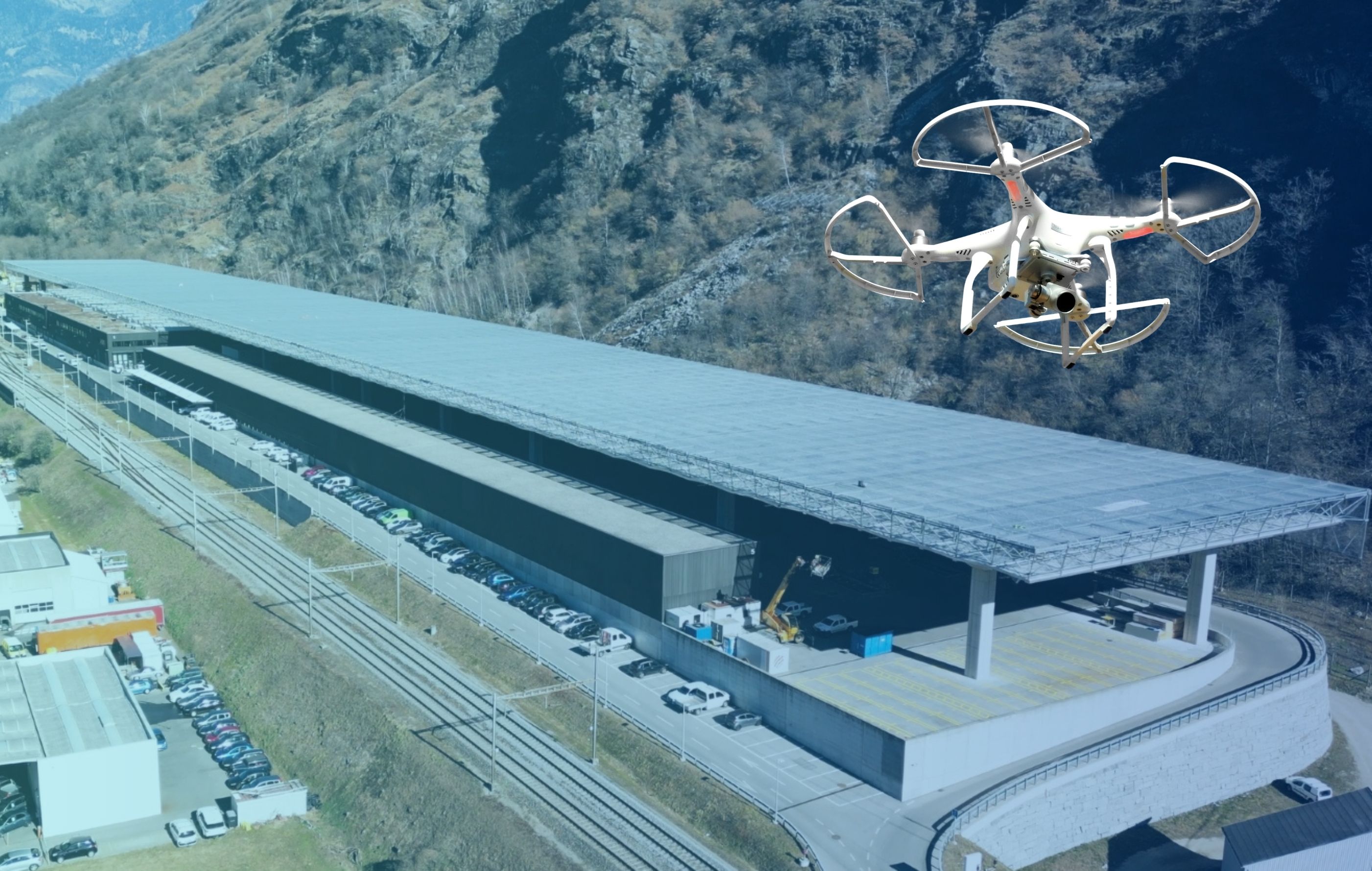A better future through innovation
We imagine, design and build a new world, bringing the present closer to the future, to improve people's lives today and tomorrow
Automation on construction sites
AXEL (Autonomous Exploration Electrified Vehicle).
CSC Costruzioni has successfully completed the testing phase of the AXEL (Autonomous Exploration Electrified Vehicle) prototype, a cutting-edge technology intended to enhance the safety of workers employed in tunnelling activities in the Turin Lyon.
It is a highly innovative remote-guided system, the world's first high-performance system capable of replacing humans in the exploration of sections of burrows and tunnels whose health risks to workers are unknown. AXEL is the result of a collaboration between Webuild Group Engineering and researchers at the Competence Industry Manufacturing 4.0 (CIM) center of excellence, and is being used for preliminary surveys in the tunnels of the interchange niches of the Maddalena tunnel, at the Webuild site operating on the Italian side of the Turin-Lyon base tunnel. An innovative application of robotics to infrastructure, designed to increase work safety for the entire supply chain.
Commissioned by TELT, the binational public promoter in charge of the construction and management of the High Speed/High Capacity line planned under the Alps between Turin and Lyon, the project of the interchange niches of the Maddalena tunnel presents the need to probe 3km of tunnel, whose environmental data are unknown, to allow the safe entry of workers. Complexity addressed with AXEL, the robot named after the young protagonist of Verne's novel "Journey to the Center of the Earth."
AXEL is the first concrete example, in Italy and on this scale, of the application of robotics to tunnelling exploration work in railways. It allows dynamic collection and analysis of environmental data to identify areas where operators can safely intervene and can be controlled from a distance of up to 2km. Equipped with cameras, sensors, and antennas for communication with the base station, it provides very high levels of reliability, withstands harsh environmental conditions, and has zero emissions.

BIM (Building Information Modelling)
We develop innovative tools in the fields of Machine Learning, Artificial Intelligence, Internet of Things and BIM to increase the efficiency of our process management activities, acquiring and capitalizing on new know-how, monitoring and improving the quality of our performance, while preserving the environment and local communities.
BIM is a process by which we can create, analyze and manage virtual models that are very close to physical ones. Models that possess all the necessary information (not only geometric) to develop integrated analysis and design, better manage the complexities of its construction and subsequent operation and maintenance (facility management).
The effectiveness of BIM on the construction site is also seen in the actual execution phase; it is possible to easily visualize the positions of elements in the structure reducing possible human errors during material procurement and installation on site.

VR: Virtual reality in construction processes
Virtual Reality, by definition, simulates actual reality and projects the user inside a parallel world by being able to interact with objects in them.
The use of a VR experience makes it possible to answer the important questions for the approval of a project and verify, for example, that it is built without architectural barriers so that the structure is safe and ready in case of the presence of the disabled as well as having the necessary spaces for individual play and rest considering that the construction was created to be experienced by the whole family.

Use of drone in construction sites
Remotely piloted aircraft (APRs), commonly called drones, are nowadays increasingly used in the construction industry.
Drones that originated for military purposes are having an evolution to allow them to tackle tasks of all kinds, such as: making shipments of objects, installing or tightening bolts and screws, taking photos and videos, or even working in certain areas that are not always accessible to or dangerous for humans.
In the construction industry, they are most commonly used to make scans of the ground in order to then be able to extract quantities or to take photos and shots from above that allow for defining the progress of work on the construction site or a visual check of the laying of pipes, ventilation ducts, etc.
Despite all the positive aspects that come with the use of drones, there are also some negatives such as respecting people's privacy.

Our commitment in video

